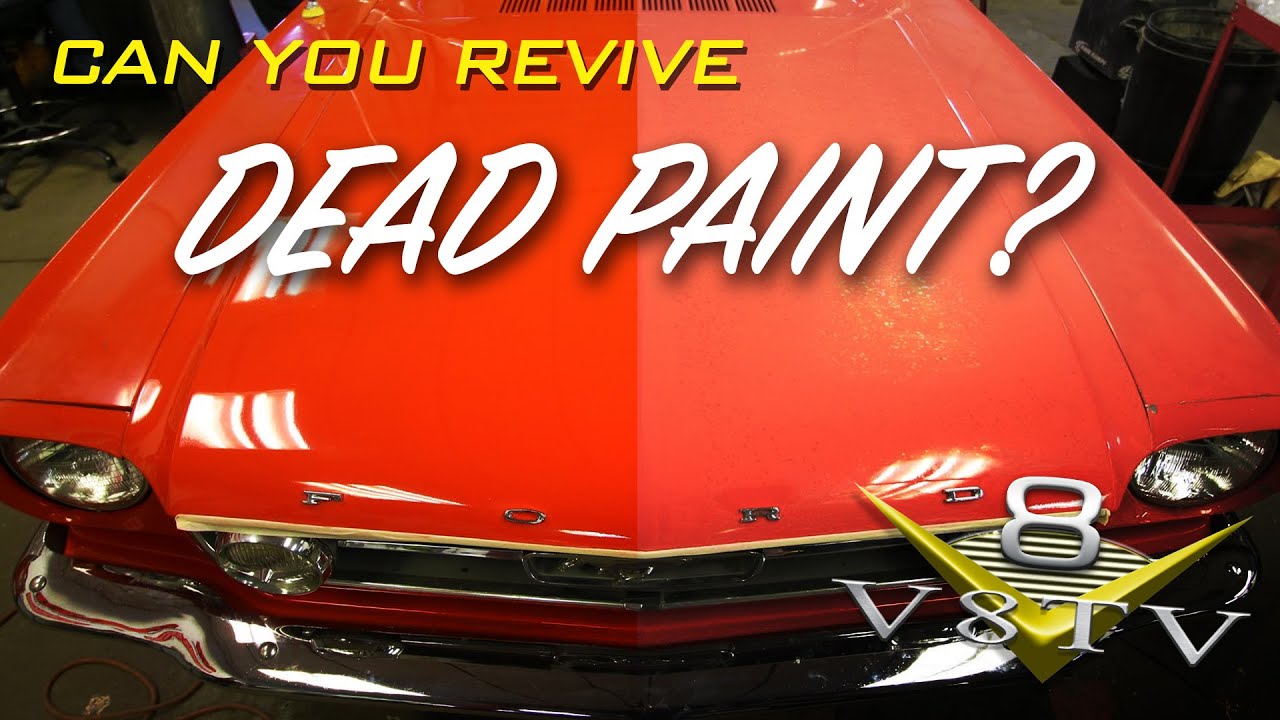Sometimes it’s not an option to repaint a classic or muscle car. It might be cost prohibitive, or the car might be wearing original paint that is not completely worn away. In this video, we show some techniques to revive faded or original paint using polishing techniques, using a 1966 Ford Mustang GT 289 and a 1963 Imperial Crown convertible as our examples.
The process Is often called “cutting and buffing” and can start with wet sanding with a very fine grit of sandpaper, like 1000 grit or even finer. The process is repeated with finer and finer grits of sandpaper, reaching 2500 or even up to 5000 grit. This process removes heavier dust and debris contaminants, and also helps level the paint.
In our two examples, we did not wish to use a sanding process, and decided to go straight to polishing. There are various types of polishing pads, with more aggressive wool or foam pads used for cutting, and finer foam pads used for polishing. There are also various compounds which again use a different abrasive to achieve their goals.
Both the 1966 Ford Mustang and the 1963 Imperial Crown convertible responded very well to polishing techniques. The Mustang had been repainted in the past, and suffered largely from stained, faded, and dull paint. The Imperial, on the other hand, was wearing its original paint, so we had to be conservative on our approach as we did not burn or damage the brittle original finish.
In the end, both cars improved drastically and benefited from the polishing exercise done at the V8 Speed and Resto Shop. Today, they are both shiny and respectable-looking, without the time and investment of a complete repaint.
If you have a car with dead paint, we are happy to chat about performing this process for you. You can reach us at https://www.v8speedshop.com/contact today!

